What Causes Skin Chafing, and How to Prevent and Treat It
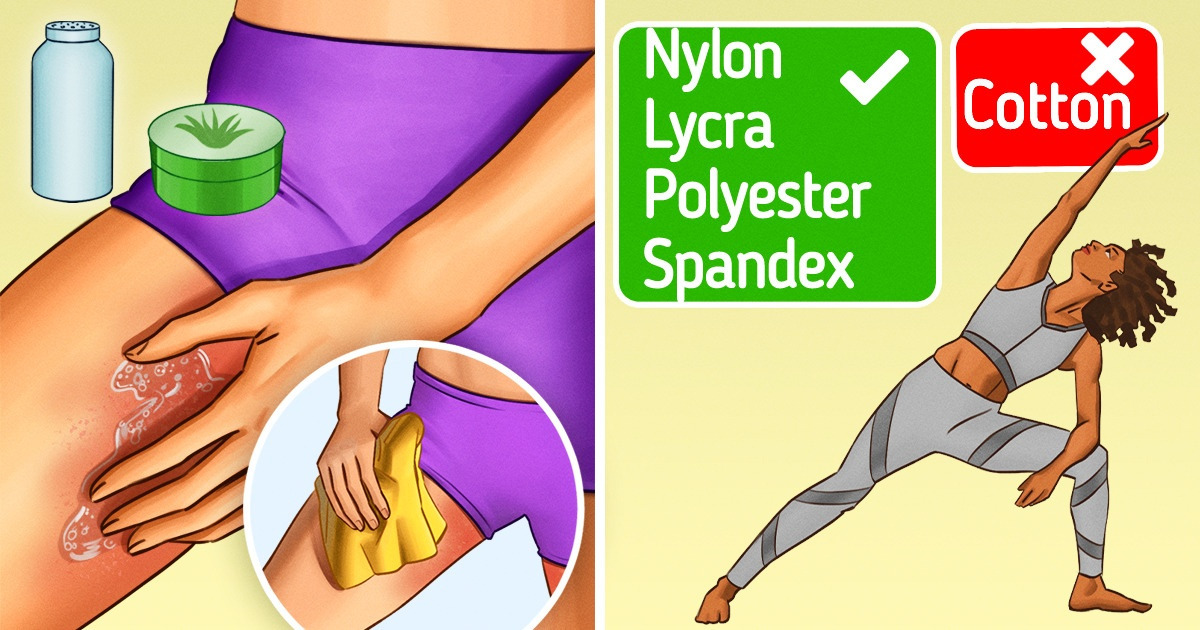
When you exercise in very hot or humid weather, walk around in a loose skirt, or sit in wet clothes for a while, you may develop a kind of itching and rash in certain parts of your body — most of the time, between your legs, feet, etc. If you’re wondering why chafing happens and how to prevent it, we’ve put together this quick guide for you. Read on to find out more about it.
❗This article was prepared for informational purposes only. Consult with your dermatologist or doctor who is an expert in the field if you continue experiencing chafing anywhere on your body.
What chafing is
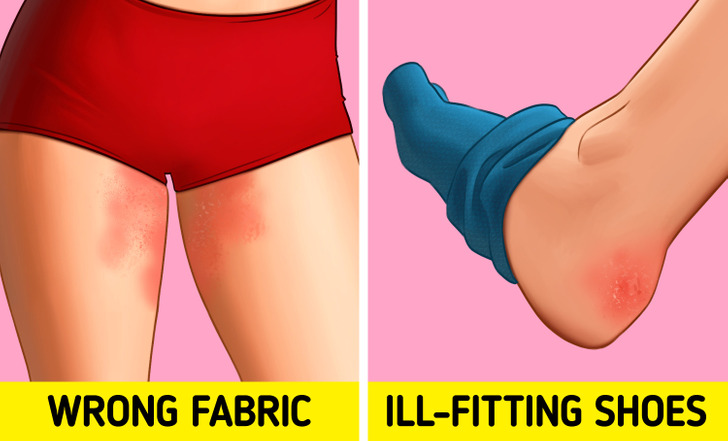
Chafing is a skin condition (irritation) due to friction, moisture, fabric, or a combination of these. It negatively affects your quality of life, as this rubbing of your skin for a long time may cause stinging, burning, or the development of a mild or severe red rash. It may also include swelling, bleeding, or crusting. While it can likely occur anywhere on your body, your thighs, nipples, buttocks, groin, feet, and armpits (underarms) may be more vulnerable.
Why it happens
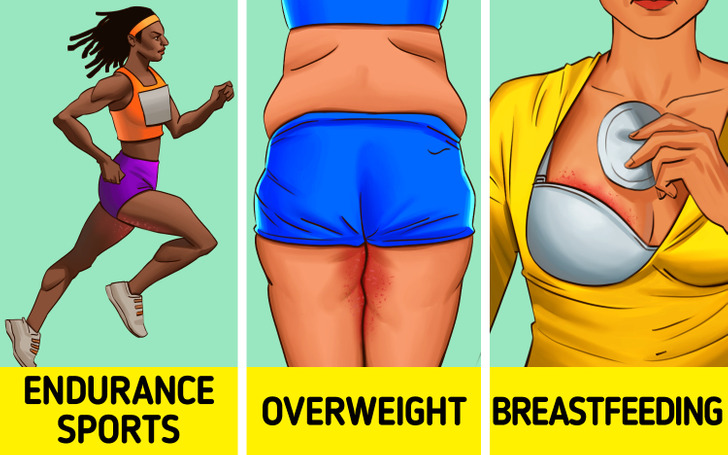
Common causes include:
- Endurance sports: Exercising too much; biking, running, and other activities may cause you to develop excessive sweat. When you have skin-on-skin contact repeatedly, as such, your skin rubs against your skin or clothing.
- Overweight: The more excess weight you have, the more skin will fold.
- Nursing (breastfeeding, chestfeeding): The process itself, as well as nursing pads or bras, may lead to chafed nipples.
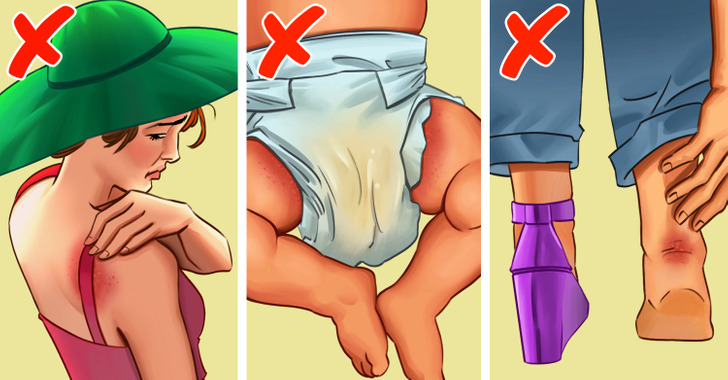
- Tight or ill-fitting clothes, shoes, and skirts, including sleeves, bra straps, waistbands, and other materials, may rub against your skin. Note that wet garments may contribute to it too. Not wearing pants may cause your legs to rub, resulting in inner-thigh chafing. Also, wearing things that are too tight or too big may cause chafing and blisters, which make walking hard.
- Dirty or wet diapers: When an infant is exposed to urine or feces for a long time, chafing will be unavoidable, and this is called diaper dermatitis.
- Hot or humid weather: Excess sweating can cause inflammation and rashes.
How to prevent it
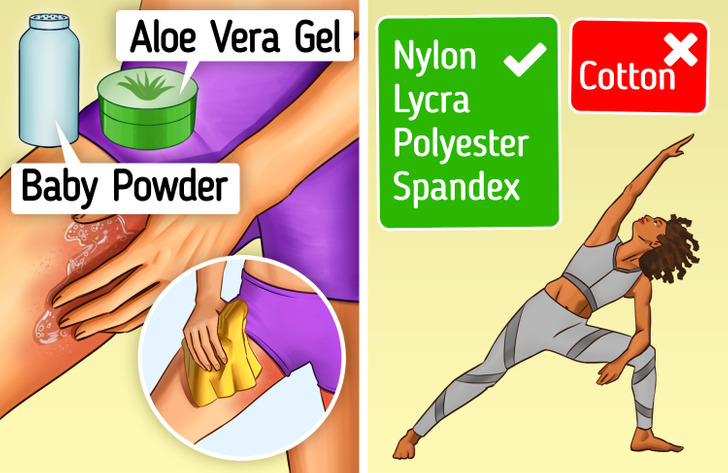
With the development of medical science and technology, chafing has become easy to treat. Better yet, there are several simple ways to prevent it in the first place:
- Stay dry. Skin requires to be clean and dry at all times, from head to toe. You can apply talcum or alum powders to particularly sweat-prone areas. Don’t allow sweat to dry on your skin; dried sweat, chemicals, dirt, and more can irritate.
- Opt for moisture-wicking material when you work out. Don’t exercise in cotton, but rather, pick synthetic, nylon, or elastic socks. Wear properly fitting shoes.
- Don’t sit in wet clothes.
- Remember to lubricate. Have the right body oil or lotion to prevent friction and chafing. You can use petroleum jelly, an anti-chafing cream, or an anti-chafing stick.
Have you ever developed chafing? How did you overcome it, by home remedies or medical treatment? Please share your stories with us in the comments.